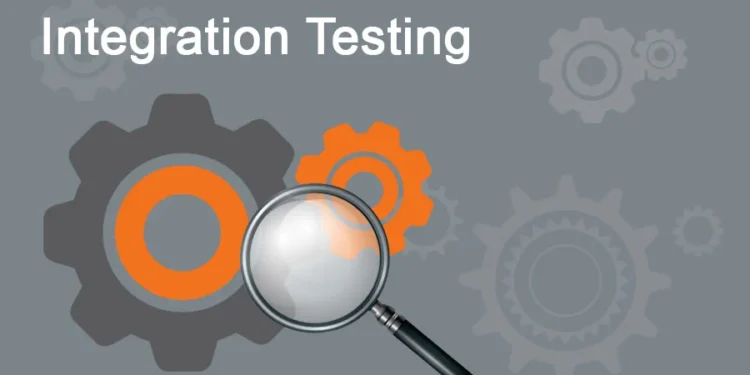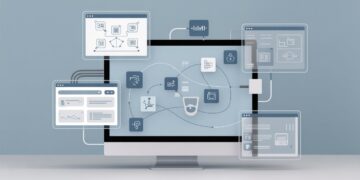In the existing market, competition is evolving, and dynamics are changing. Therefore, maintaining efficiency and efficacy is the most critical aspect of any business. Technology giants, such as Oracle and Workday, release quarterly updates with new features to facilitate the best possible customer experience. However, directly putting up these updates has a higher chance of errors and issues in the existing functionality. We will provide a brief overview of integration testing in this blog so you can check for application errors and issues among different applications.
Integration Testing: Understanding It!
In the software testing process, there are different types of testing. Integration testing is one of the most important tests.
During the second level of software testing, units or components of the software code are tested as a group after unit testing. When integrated units or components interact with one another, integration testing seeks to uncover bugs or defects.
After the modules have been tested independently, data flow is checked between dependent modules through integration testing.
A web application may consist of three modules: a login page, a mailbox, and a delete email feature. The first step is to perform unit testing on each module. The second step is to perform integration testing on the data flow between the three modules.
Integration Testing Types
There are two types: incremental testing and big bang integration testing. Below is a brief description of each type:-
Testing incrementally
An incremental test is performed when two or more modules are logically integrated and tested. By examining integrated modules comprehensively, testers can easily identify defects in the early stages of development. For instance, consider the Amazon application. It is performed as follows:-
Log in to Amazon, then click on Home, then Search, then AddCart, then Payment, then Logout.
Further, it can be divided into three phases:
- Test-Up Testing: In this approach, lower-level modules are tested against higher-level modules until all modules are tested. Test drivers are used to drive and pass appropriate data to lower-level modules. It is important to verify whether the modules added are parents of the previous ones. The main advantage of this testing approach is the ease of defect detection and time optimization during module development. Early detection of design defects is possible.
- Top-Down Testing: In top-down testing, higher-level modules are tested with lower-level modules until they are all successfully tested. In this approach, modules are added sequentially or one after another, and data flow is evaluated the same way.
- Sandwich Testing: Sandwich Testing is a hybrid integration testing approach which combines top-down and bottom-up approaches. This method begins at the middle layer, and moves in both directions – towards higher-level modules (upwards) and lower-level modules (downwards). By combining the benefits of both tests, Sandwich Testing enables faster testing of interconnecting modules. It is invaluable for big projects that involve many sub-projects, controlling the drawbacks associated with separate testing approaches.
Testing the Big Bang
The non-incremental testing approach is best suited for smaller systems. This approach is utilized when all the modules are integrated into a complete system.
It is used when the software components are not interdependent or when the development environment prevents individual component testing.
During big-bang integration testing, the system’s complete functionality is verified as well as any integration problems that may arise when components are combined. Despite its benefits, big-bang integration testing can also pose a high risk due to its complexity and the number of interactions between components, which can make identifying and diagnosing problems difficult.
Using the big-bang approach, software modules with low-level interdependencies are verified for functionality and integration problems are identified during module integration.
With Opkey, you can streamline integration testing
Using new-age technology, like artificial intelligence, Opkey is a no-code test automation tool that thrives on automated integration testing.
Business and technical users are able to create test cases for integration testing with its codeless automation platform. It facilitates the customer’s range of features and functionalities that enhance the speed, efficiency, and accuracy of testing.
Opkey makes it easy to create, manage, and execute automated tests with ease. The testing process can be synchronized between different team members to ensure maximum efficiency.
The tool integrates easily with other tools and technologies that streamline the testing process, such as CI/CD tools, version control systems, and real-time monitoring tools.
Also, Read Amazon Marketing Agency.

















